Rolleiflex is a brand that is associated with photography cameras, in particular medium frame film cameras. Rolleiflex has a fairly complicated corporate history (see wikipedia). Interestingly, Rolleiflex was never a film manufacturer. In recent history, Maco (Hans O. Mahn GmbH & Co. KG, Maco Photo Products), a German based supplier of film started selling films under the Rollei label. (The Rollei brand was licensed from RCP Technik Verwaltungs GmbH / RCP-Technik GmbH & Co. KG / Rollei GmbH & Co. KG.).
With my journey into film and black and white photography, I have been doing a lot of research into different (and currently available) film stocks. The good news: there are quite a few. and more films are being released.
During my research, and experimentations, I learned about Rollei’s black and white 35mm 135 film stocks. I wanted to share some of the images I shot with three 135 (35mm) Rollei film stocks, Rollei RPX 100, Rollei Retro 80S, and Rollei RPX 25. This is a non-scientific, purely experiential exploration in my quest to try different film stocks, in particular for the 35mm (135) format. Let me know in the comments below what is your favorite “slower” (or around 100) film stock(s)! And what do you think of the Rollei / Agfa B&W films?
PS: all three film stocks are available in bulk. If you are interested in bulk film loading, see my recent post here.
Rollei RPX 100 135 Film Stock
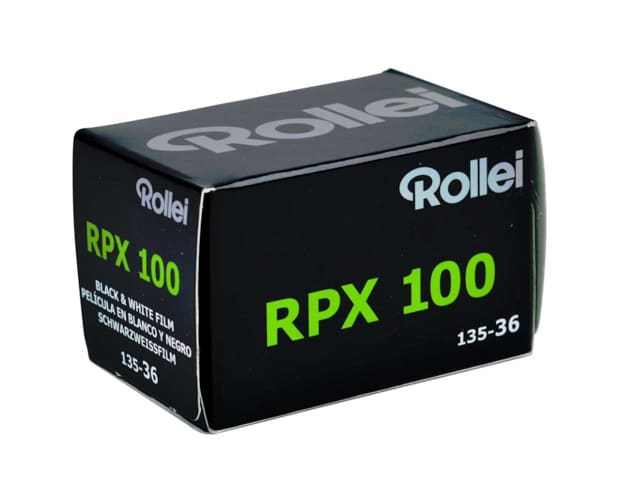
This was my first Rollei branded film. From what I can tell, this is not an AGFA film, but I could be wrong. I took this film to a little outing in Minneapolis (Saint Anthony Main area, close to the Mississippi River). The plan was to photograph some architecture and other structures during a cold December day (the last example is the exception, but shows off the film nicely!). The Rollei RPX 100 film was loaded in my Nikon FE (I brought along several lenses, but I mostly used a 28mm lens).
Overall, I liked the results. Some of the images had more grain that I was anticipating for a 100 ISO film (but in part also due to the clear sky photographs!). And as much as I LOVE the film look, I am not a huge fan of strong film grain. Such grain is of course more pronounced in the smaller 35mm format and might be less of an issue or even a non-issue in larger formats.
The film is recommended by Maco for portrait and landscape photography, architecture and product photography. I obviously only tested it for architecture and product (see still life). I developed the film using HC-110 Dil. B (1:31), at box speed. Scanned using Nikon D850, and converted in Negative Lab Pro. Minimal to no processing in Lightroom (contrast, brightness).
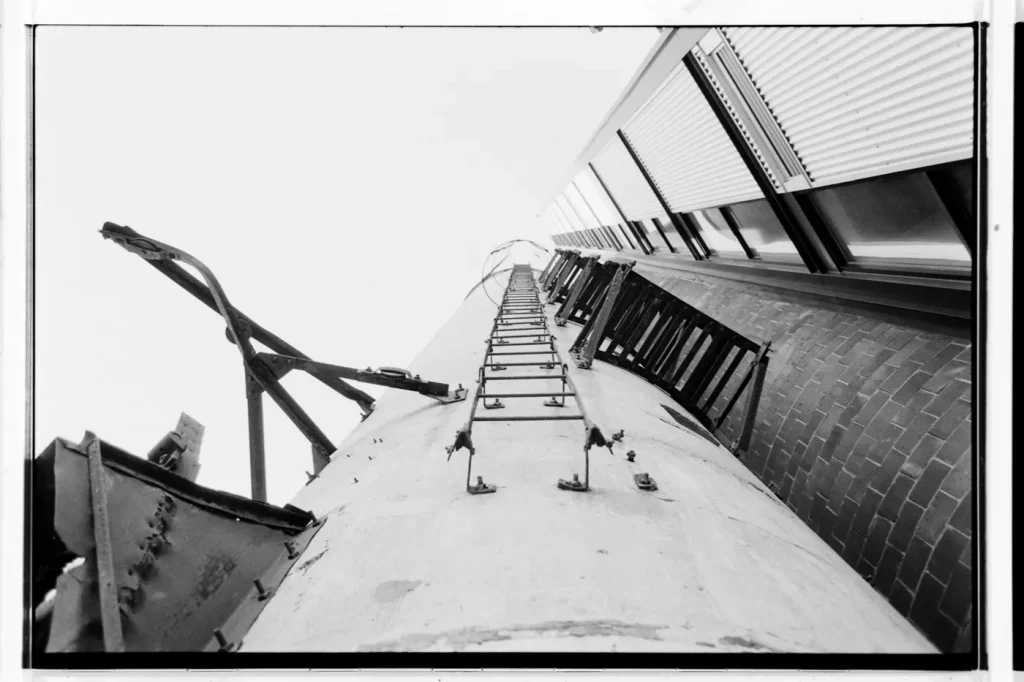
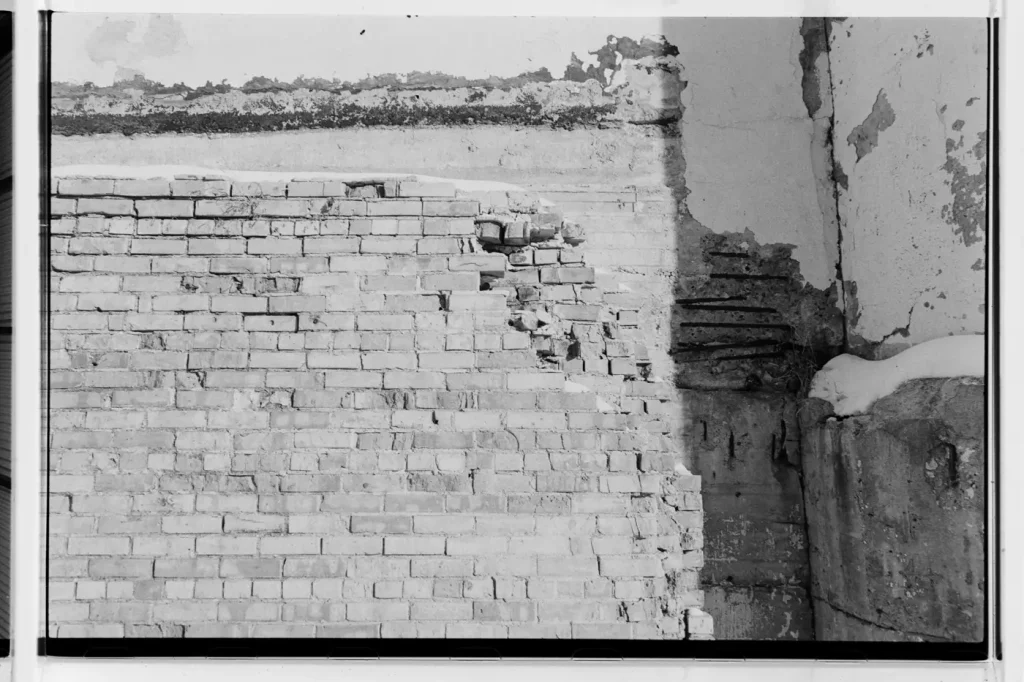
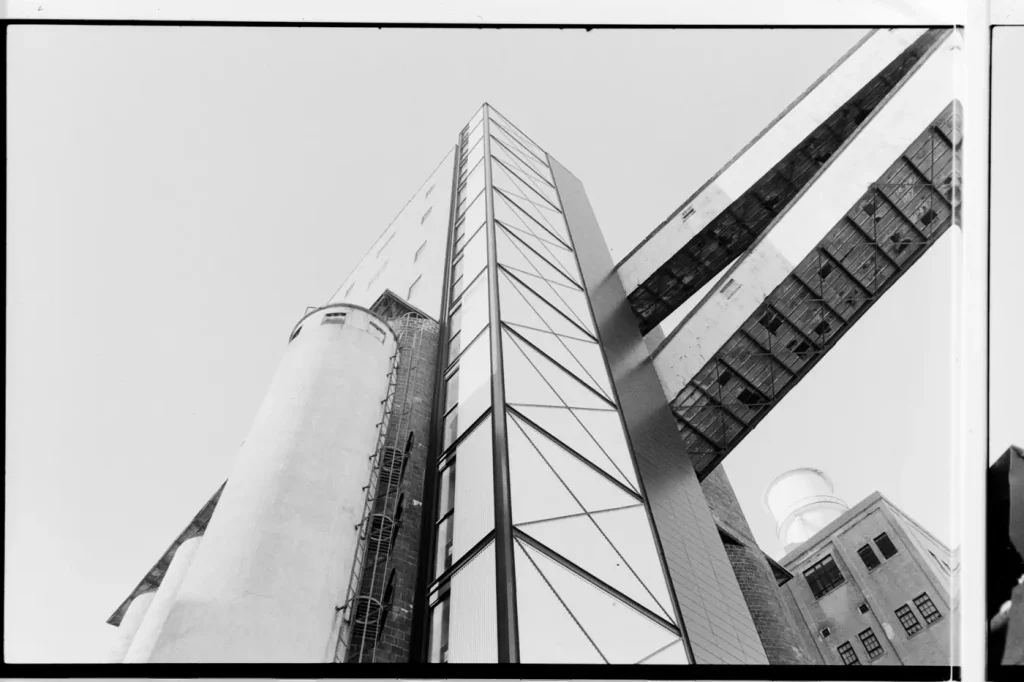
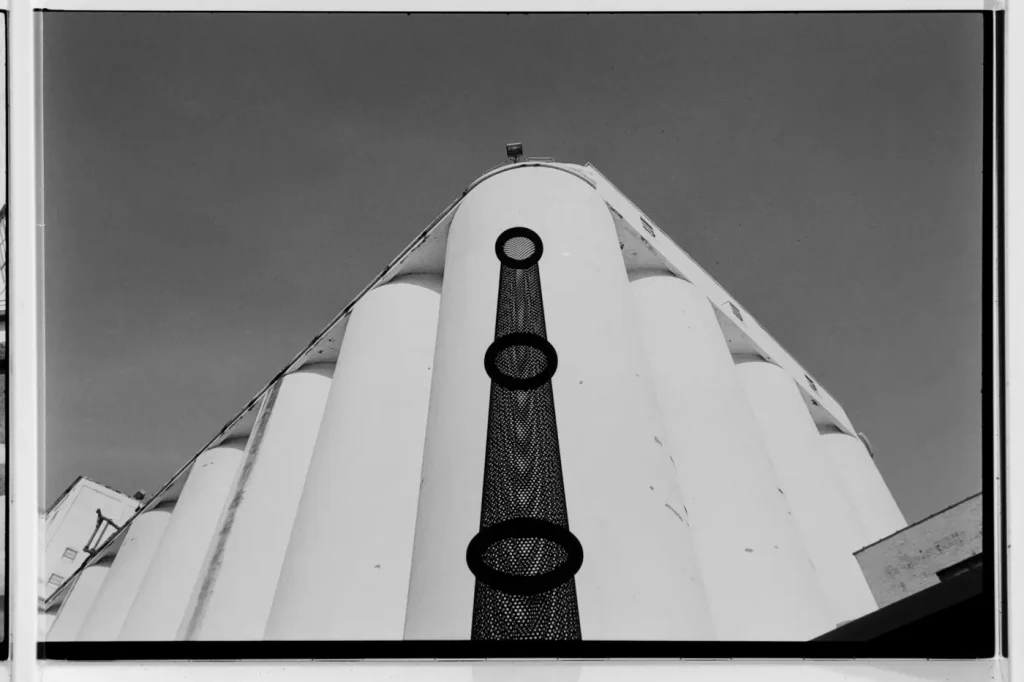
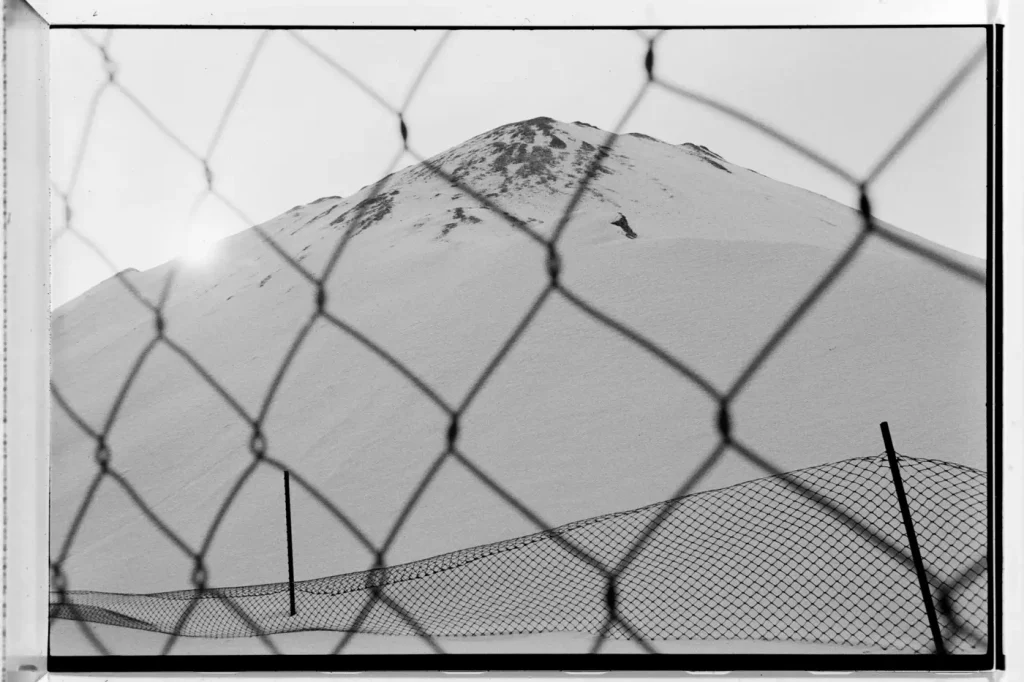
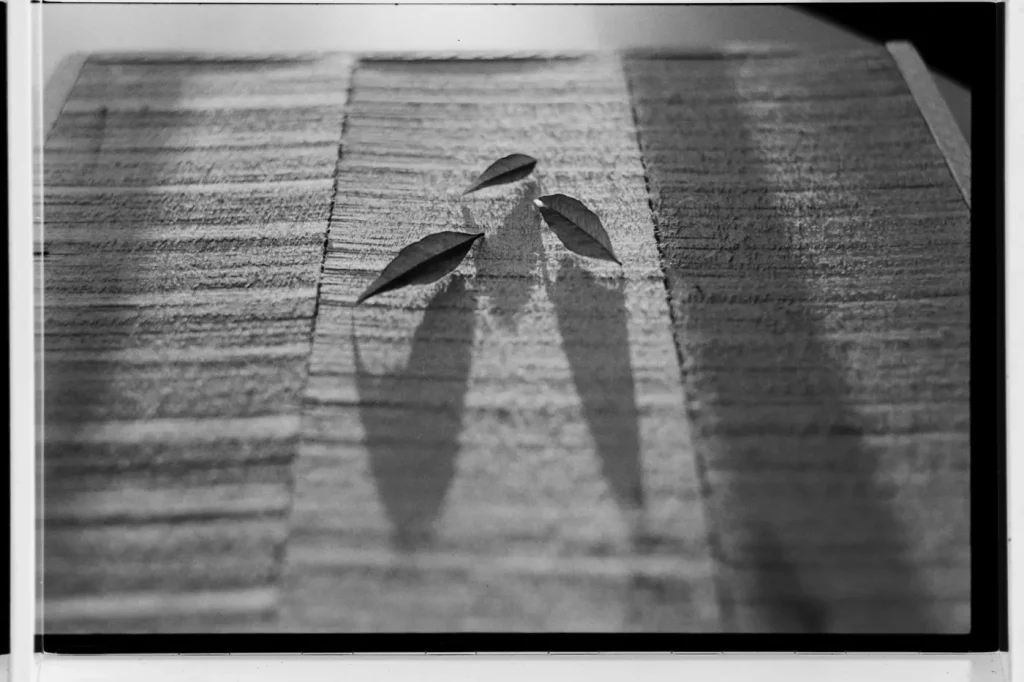
Rollei Retro 80 S 135 Film Stock

The Rollei Retro 80 S is really, like several of the Rollei branded films, a former AGFA film. To me, the photographs have a very interesting and unique look, and this is in part due to its increased red sensitivity. But I think also due to the way it renders contrast. A challenge of this particular film is a relative lack of shadow detail which can be an issue for some shots. To me, the unique look outweighs this potential shortcoming. This was photographed again with my Nikon FE. I used a 28mm lens – this lens is great as it’s minimal focusing distance is 20cm, so allows for quasi macro shots, and great city and landscapes. For some of the M3 Leica camera shots, I used extension tubes to get even closer. The architecture shots are from downtown Minneapolis and were shot with the M3.
The Retro 80 S film is a film that was originally developed for aerial photography by AGFA. Due to its increased sensitivity in near infrared, according to the manufacturer, the film offers excellent penetration through haze, fog and other atmospheric conditions liable to affect the image quality. I look forward to using this film for some of my landscape work!
I did pull the film by one stop (ISO 40) and used HC-110 Dil. B (1:31), 4 minutes at 20 degrees. Scanned using Nikon D850, and converted in Negative Lab Pro. Minimal to no processing in Lightroom.
This film stock and also the RPX 25 below have a very clear base. The RPX100 also, although not as pronounced from what I could tell. They are relatively thin, and I had some reel loading issues with the Retro 80 S if I remember correctly.
Rollei RPX 25 135 Film Stock

I did really like the RPX 100 and the Retro 80S, but was particularly impressed with the RPX 25. It is a slow film, but it lent itself well to my style of shooting, often fairly wide open for narrow depth of field. The following frames were all taken with the Nikon FE. I used a 85mm f2 Nikkor lens for most of the photographs. Developed in HC-110 Dil. B for 5 minutes at 20 degrees. Scanned with Nikon D850 DSLR and converted in Lightroom using Negative Lab Pro. Very minimal adjustments needed in LR.
This low speed panchromatic film is recommended particularly for landscape and architecture. Thus far, I like it for landscape!
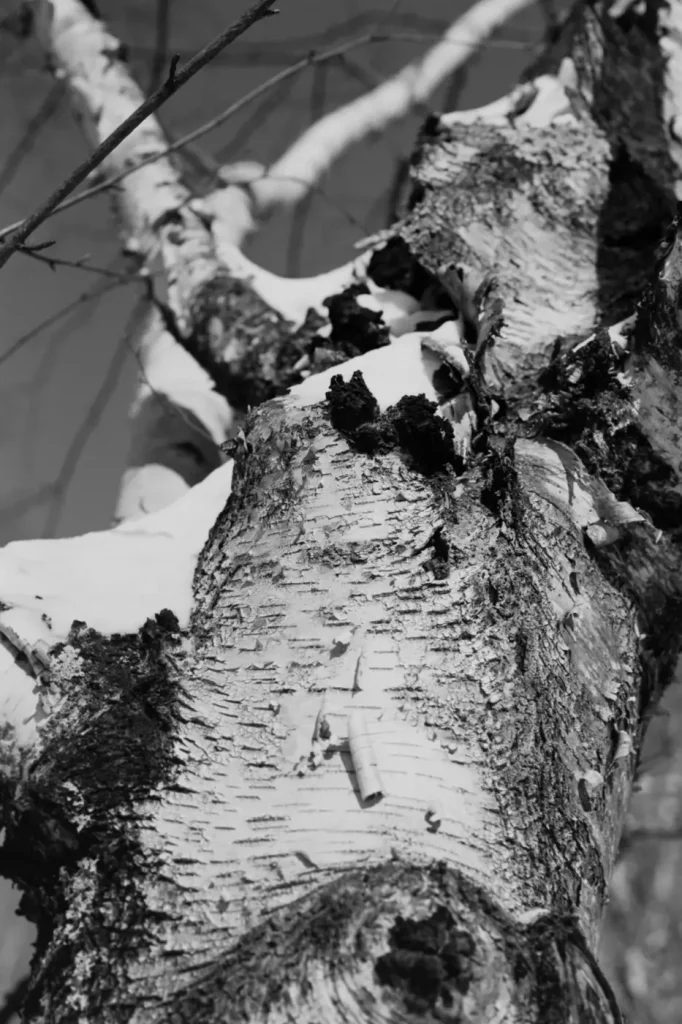
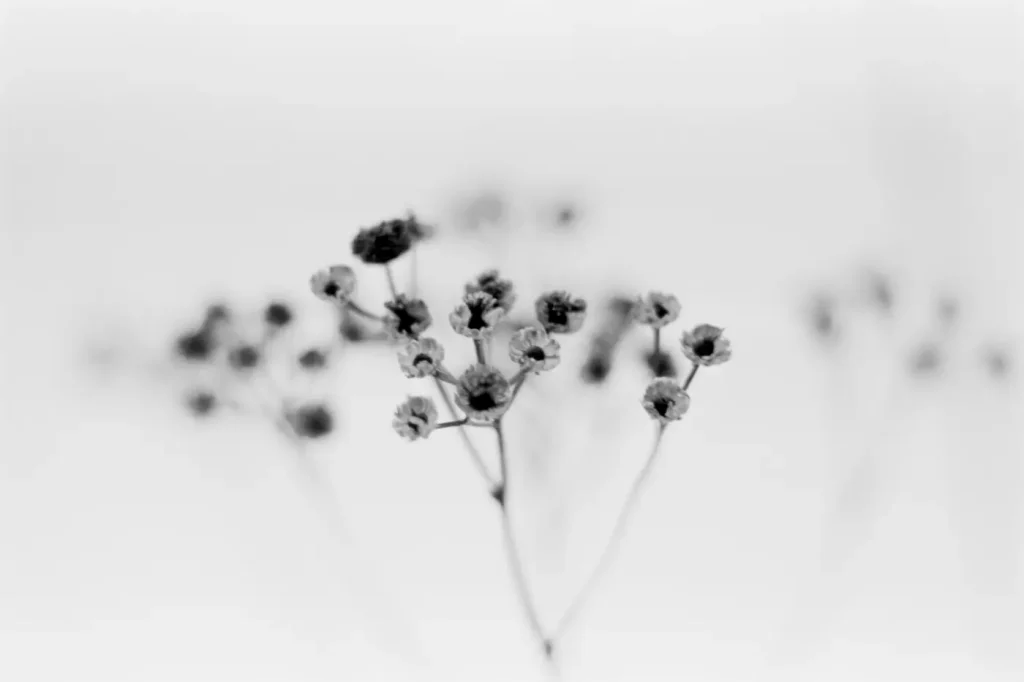
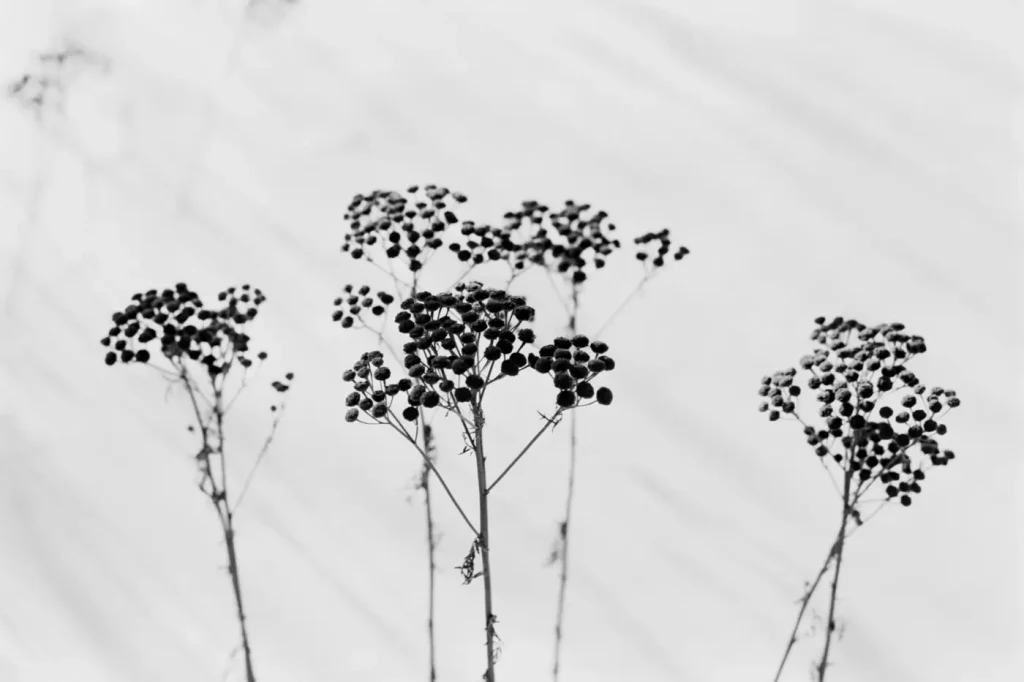
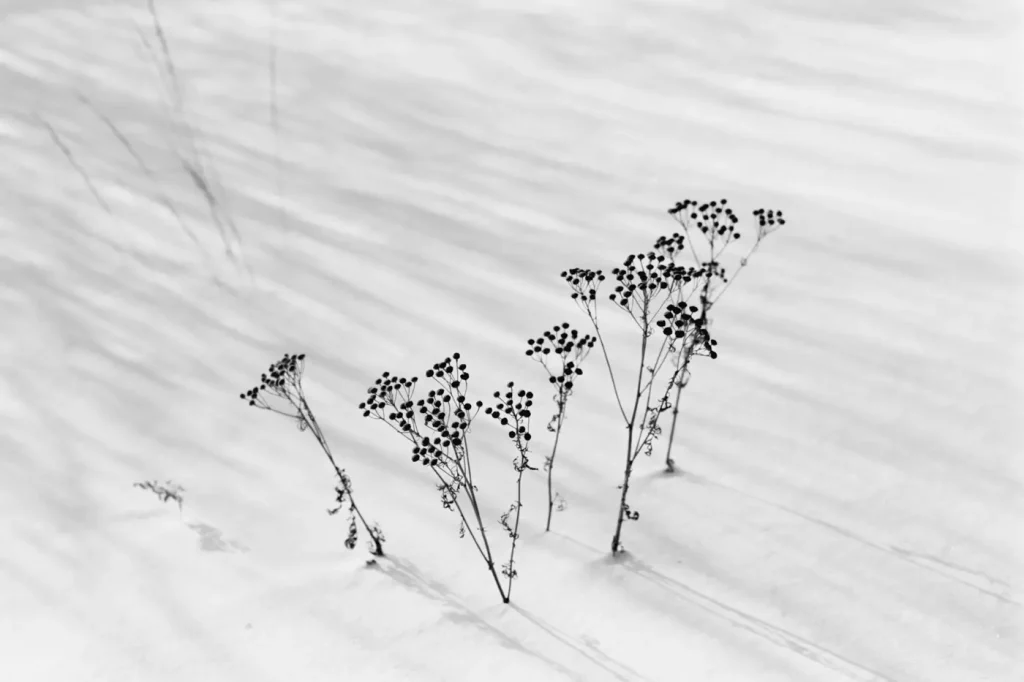
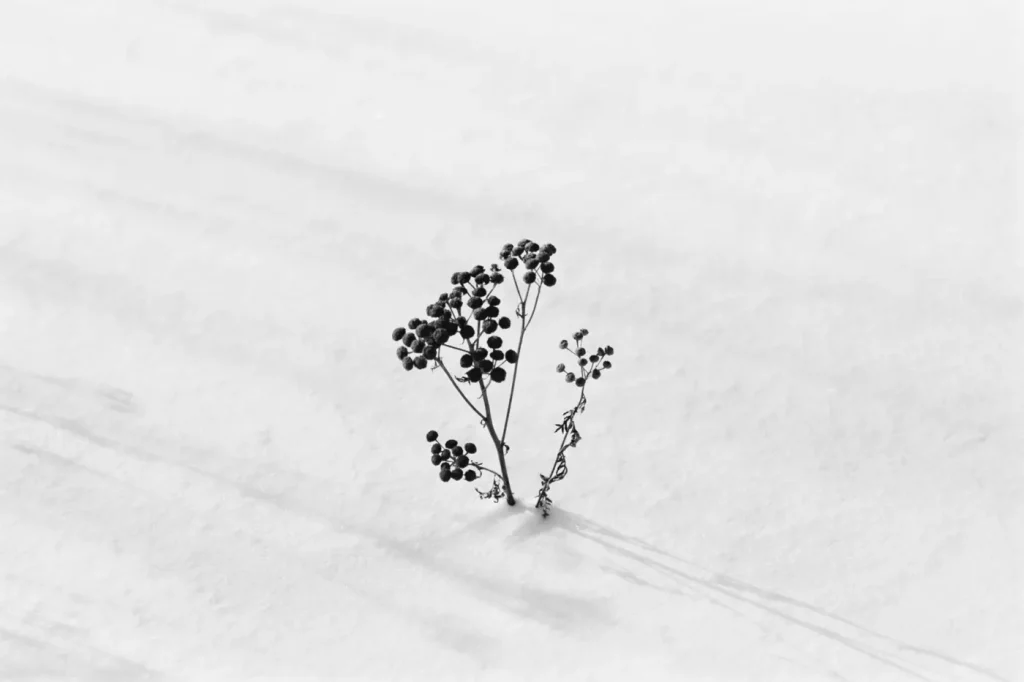
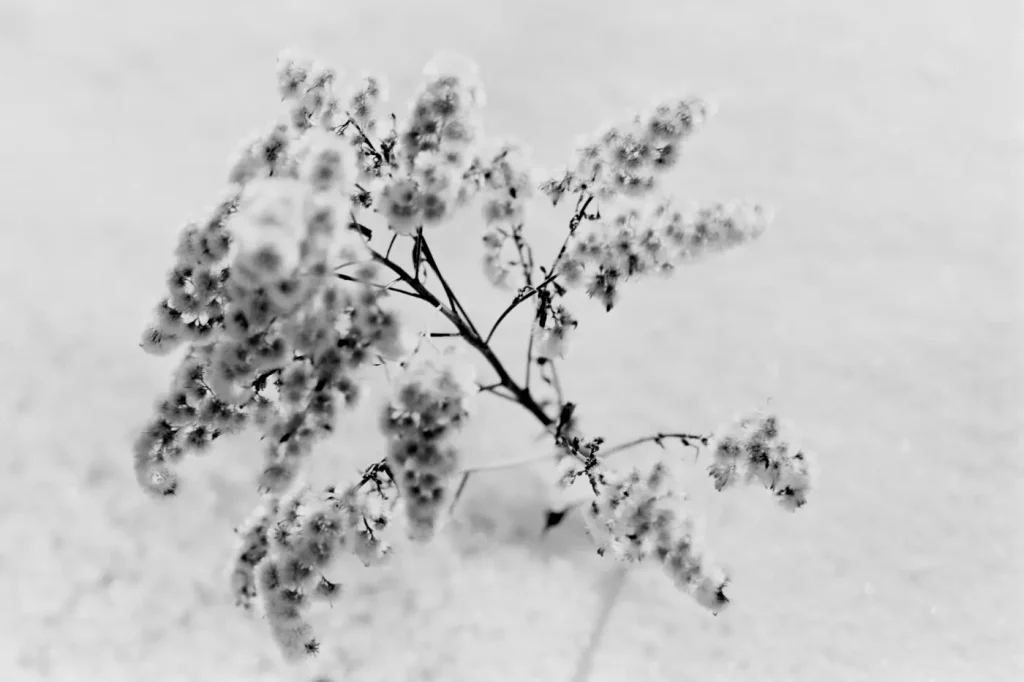
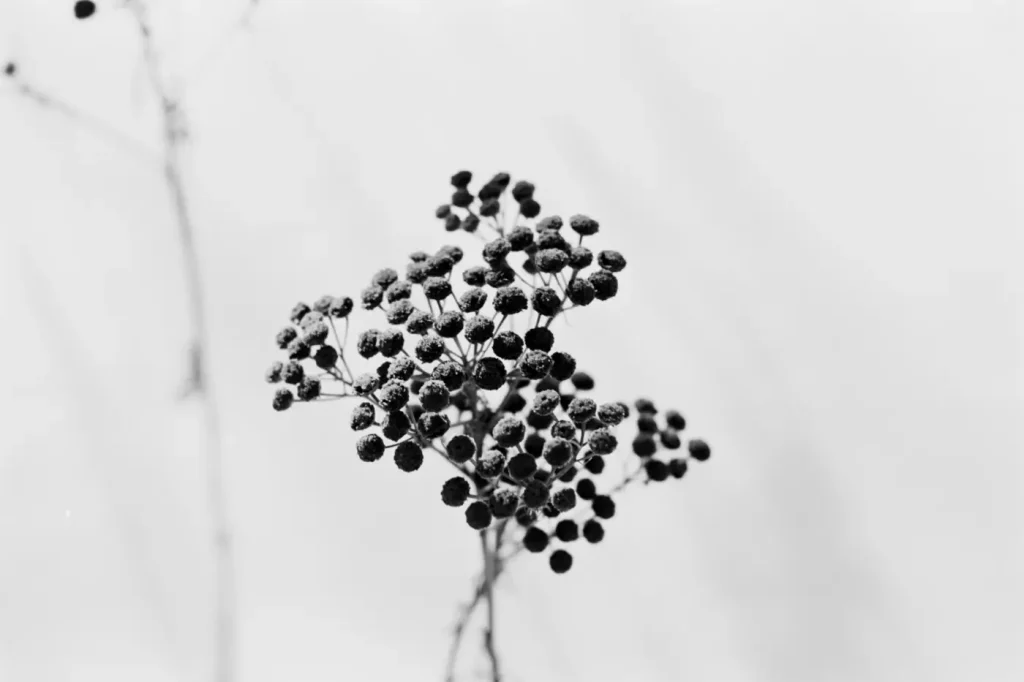
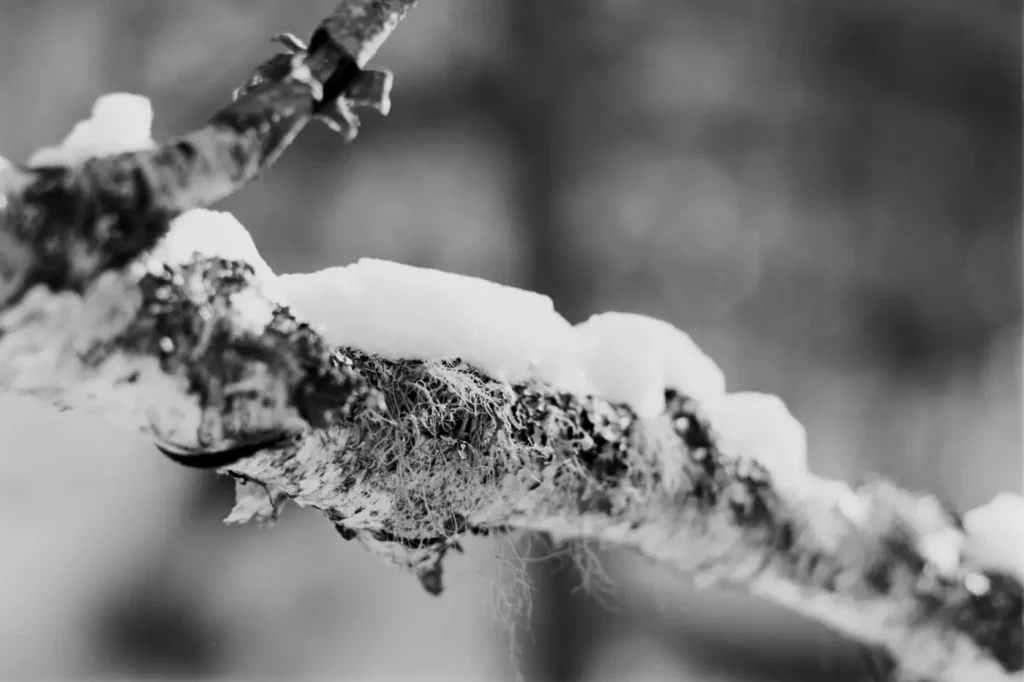
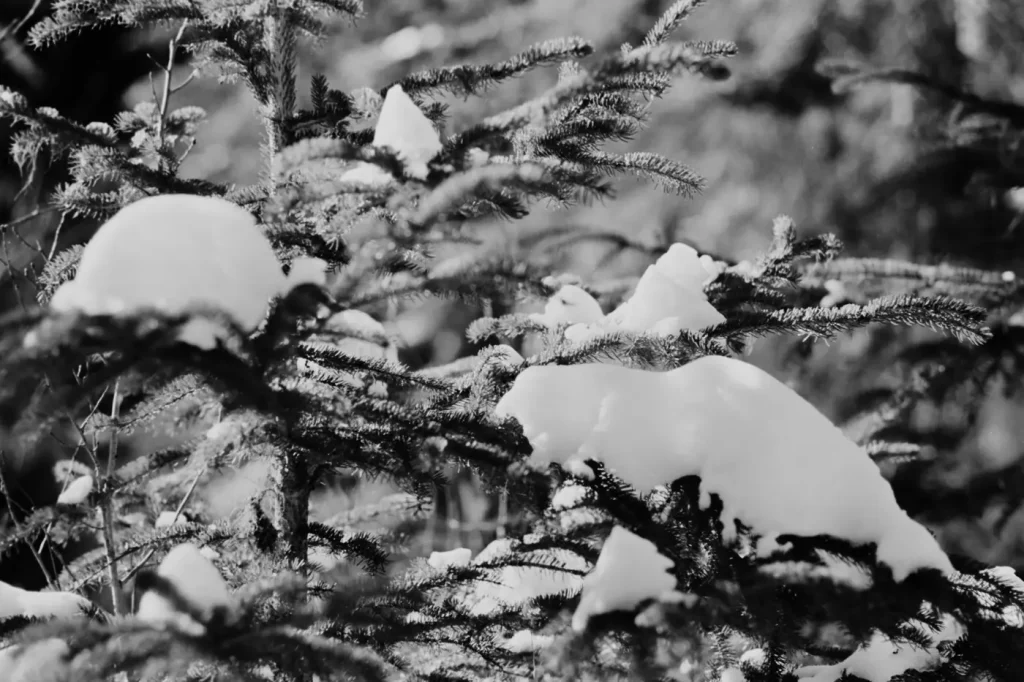
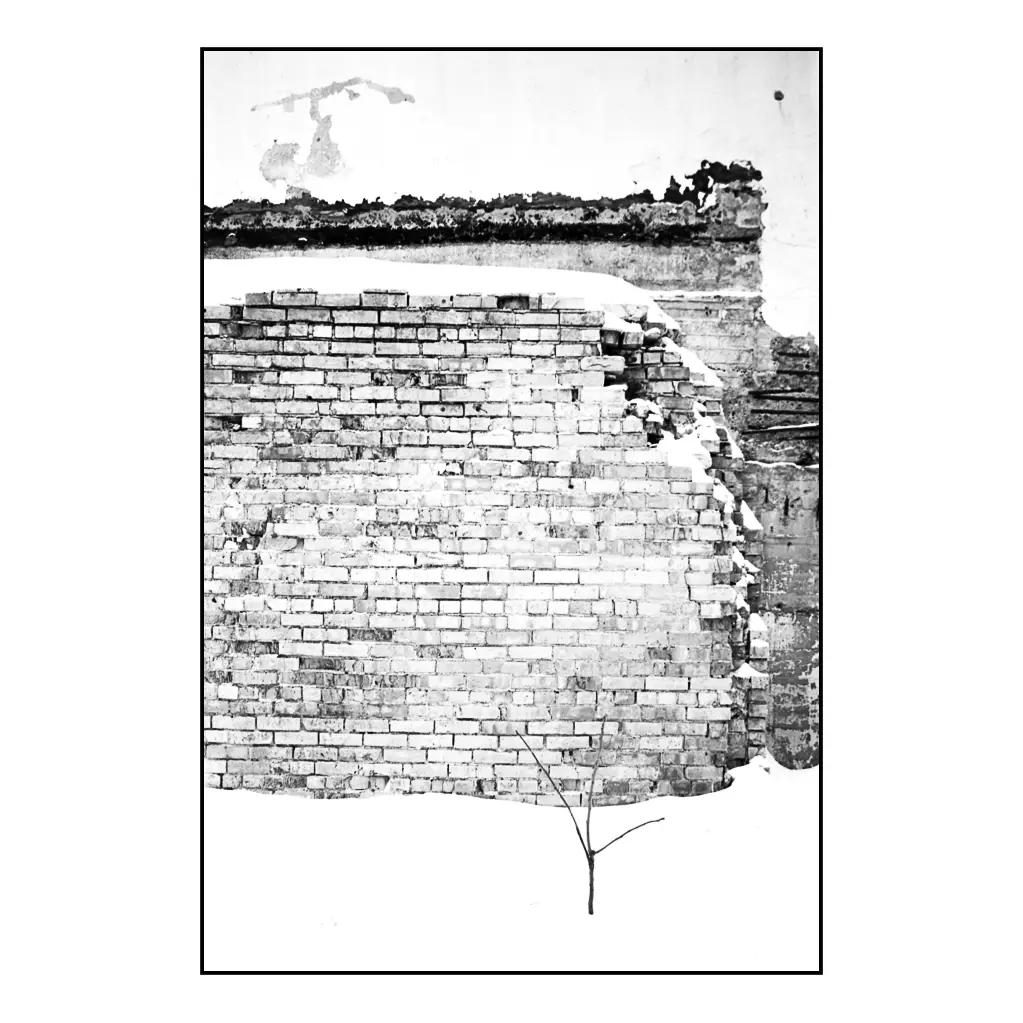
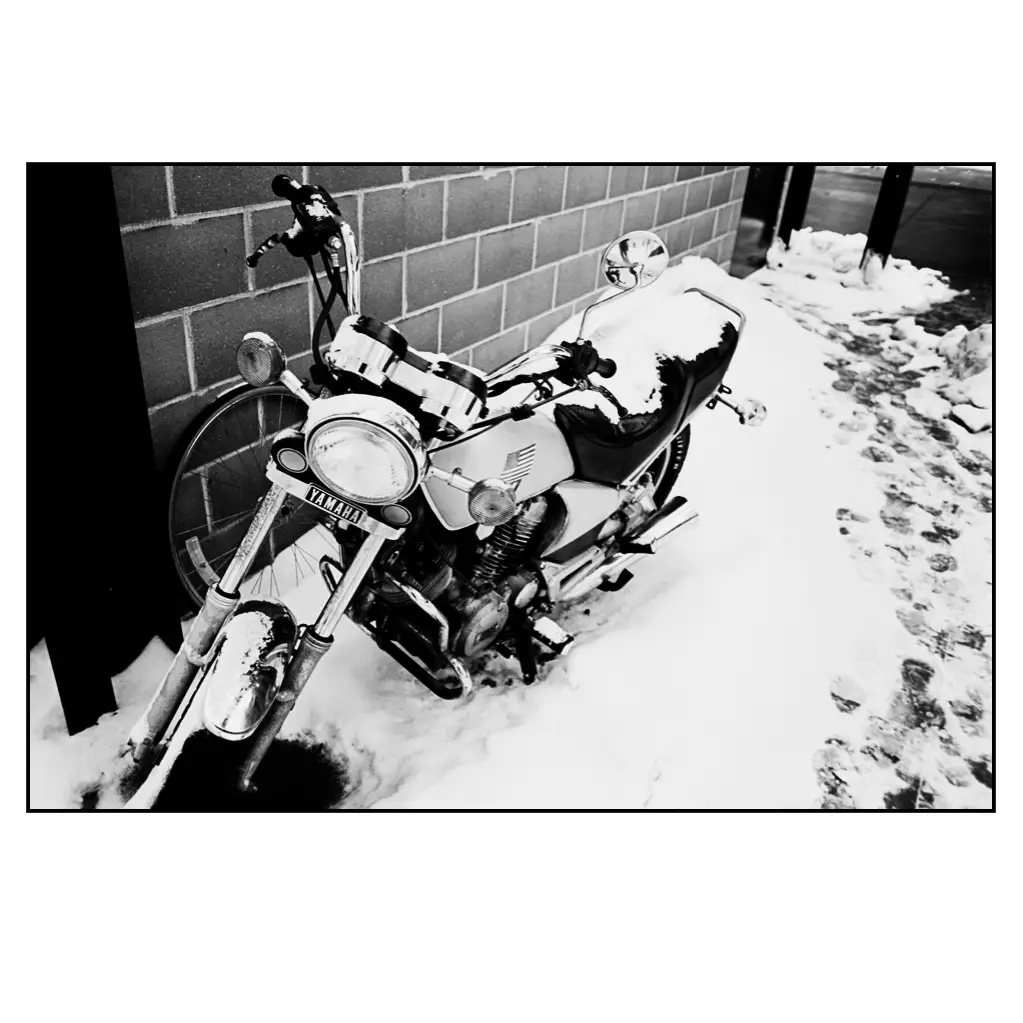
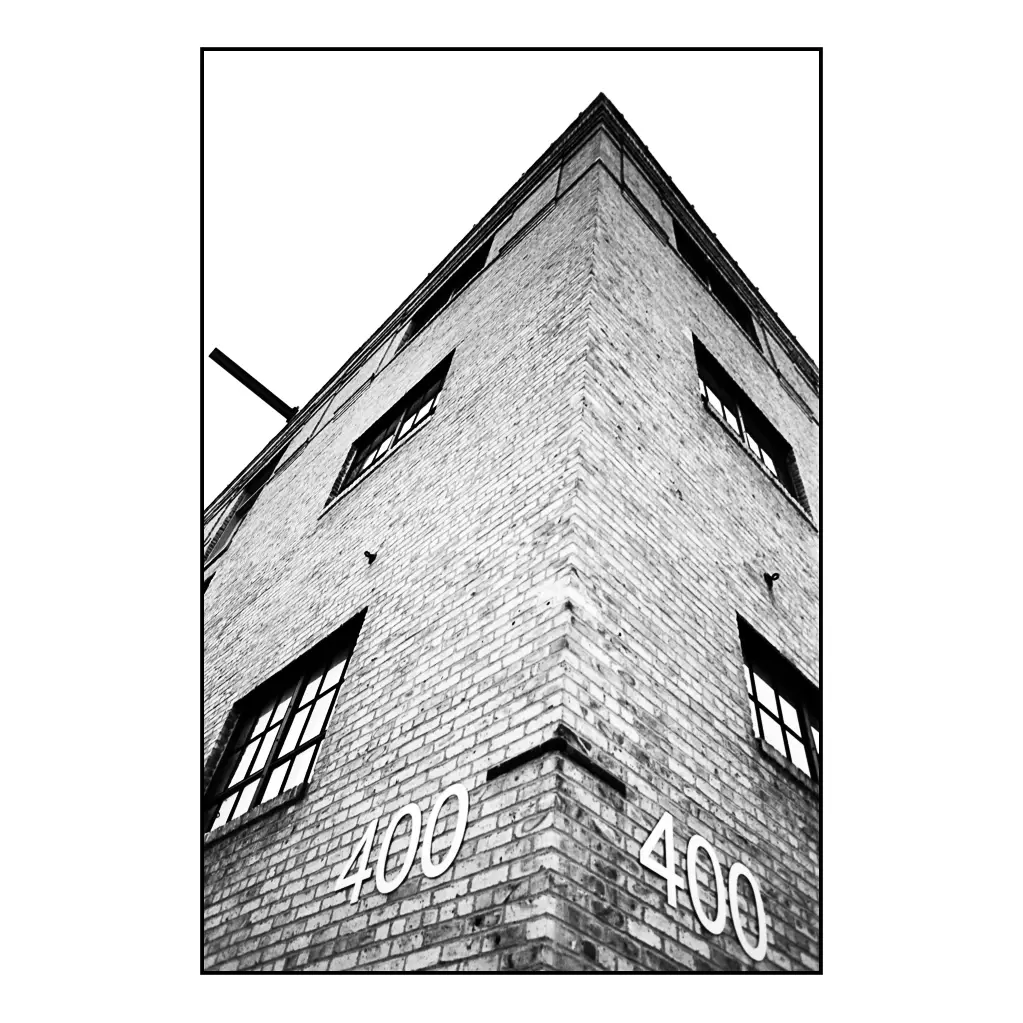
You can see more of my work on Instagram as well as on my website. I always like to connect with other photographers, so please send me a note via Instagram or website and I’d be happy to respond and connect.
Share this post:
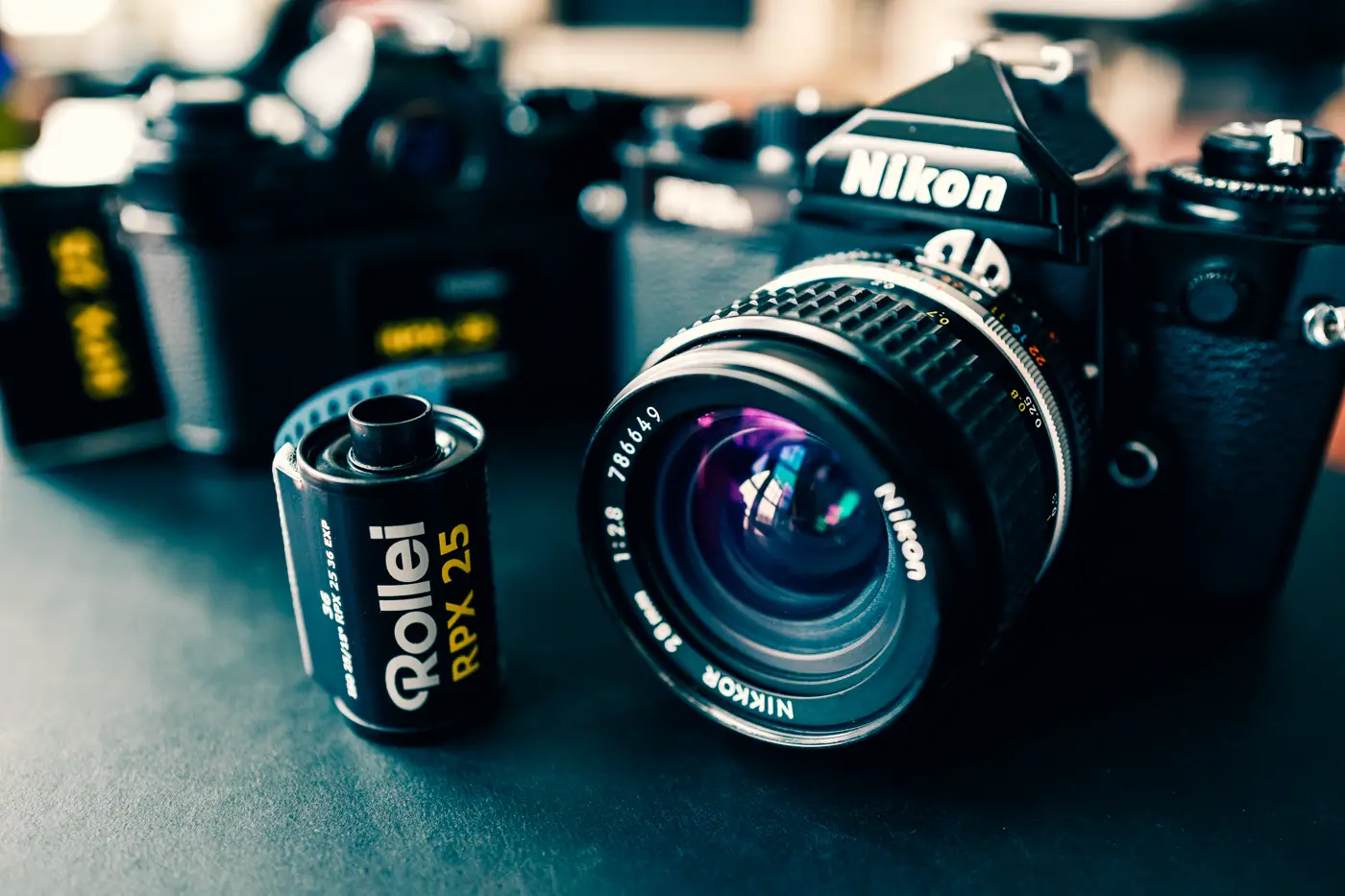
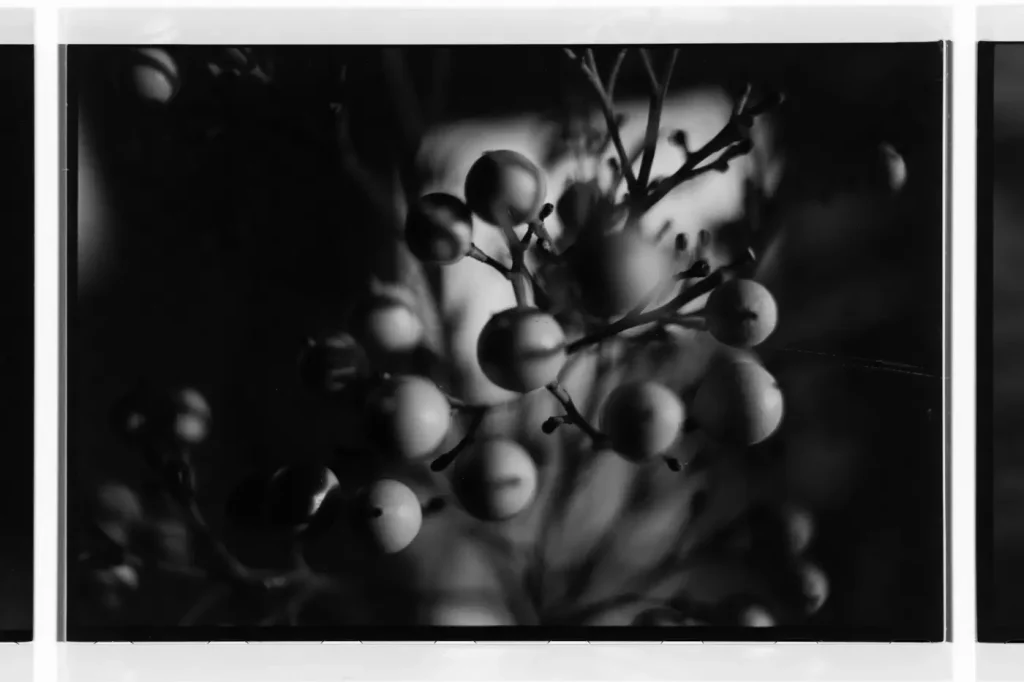
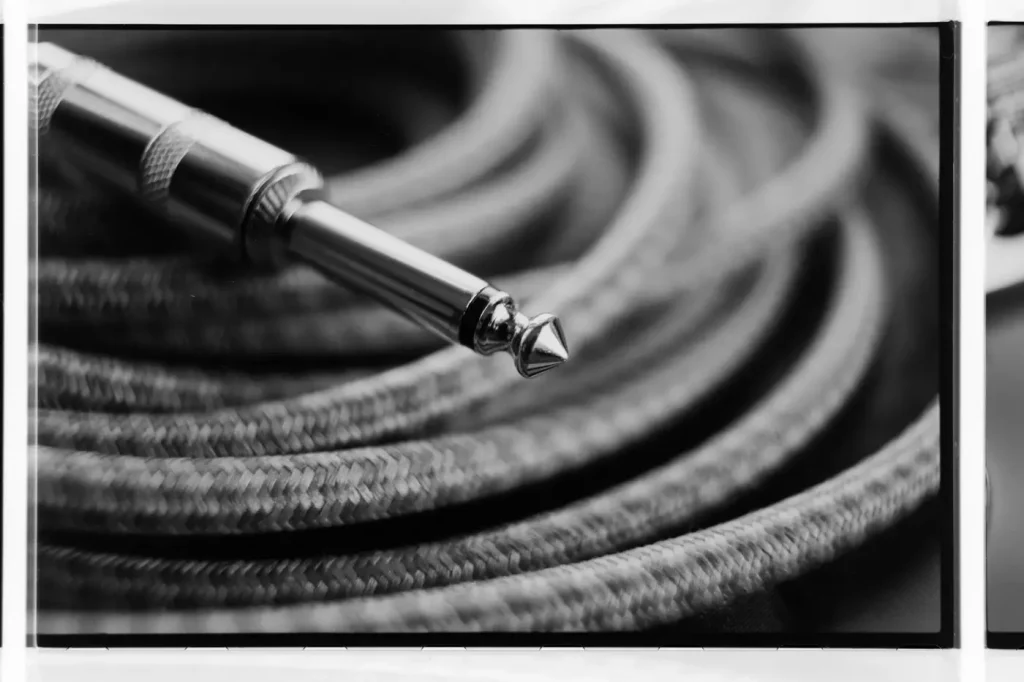
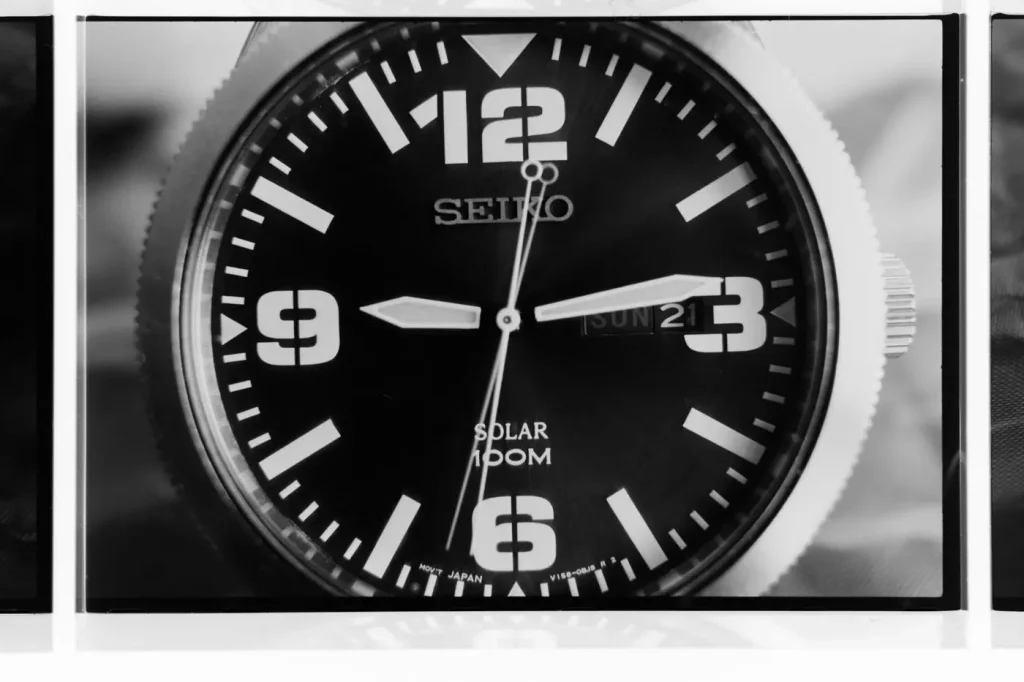
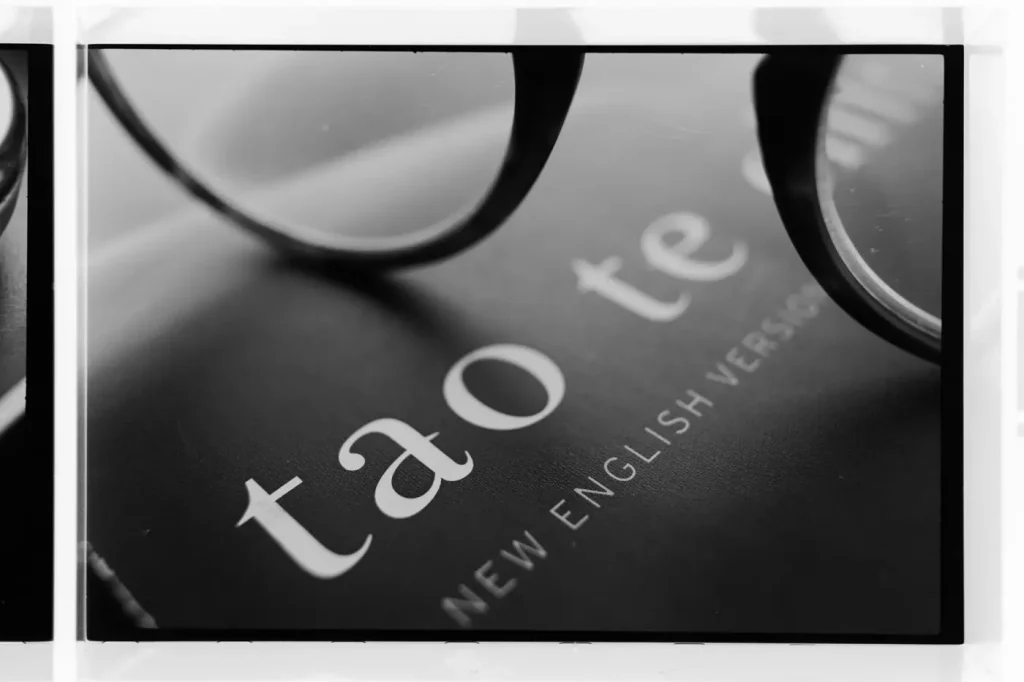
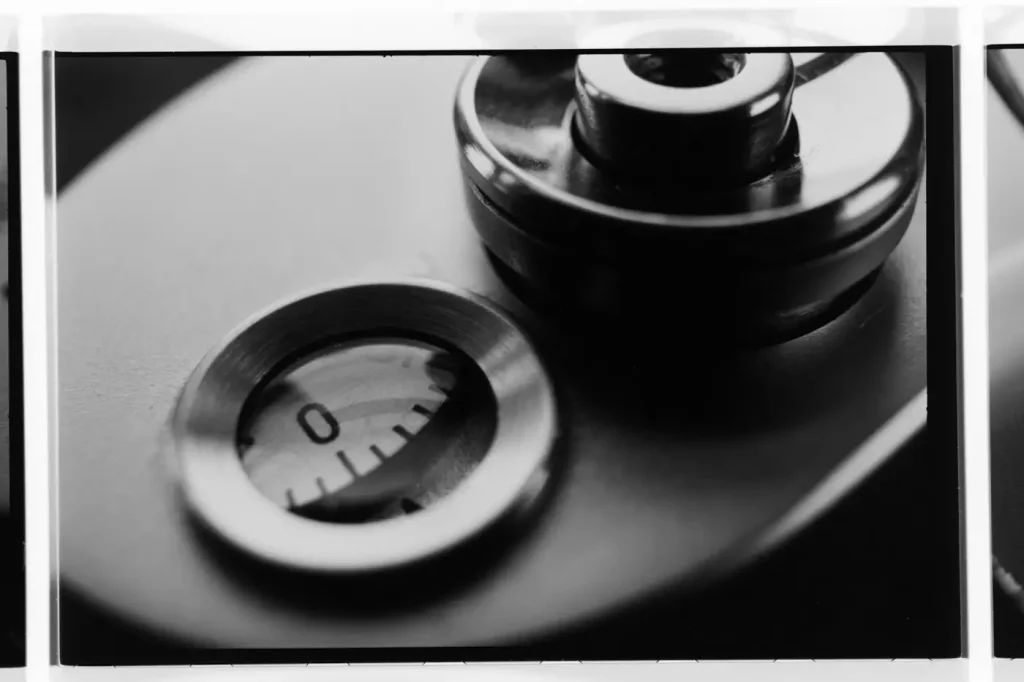
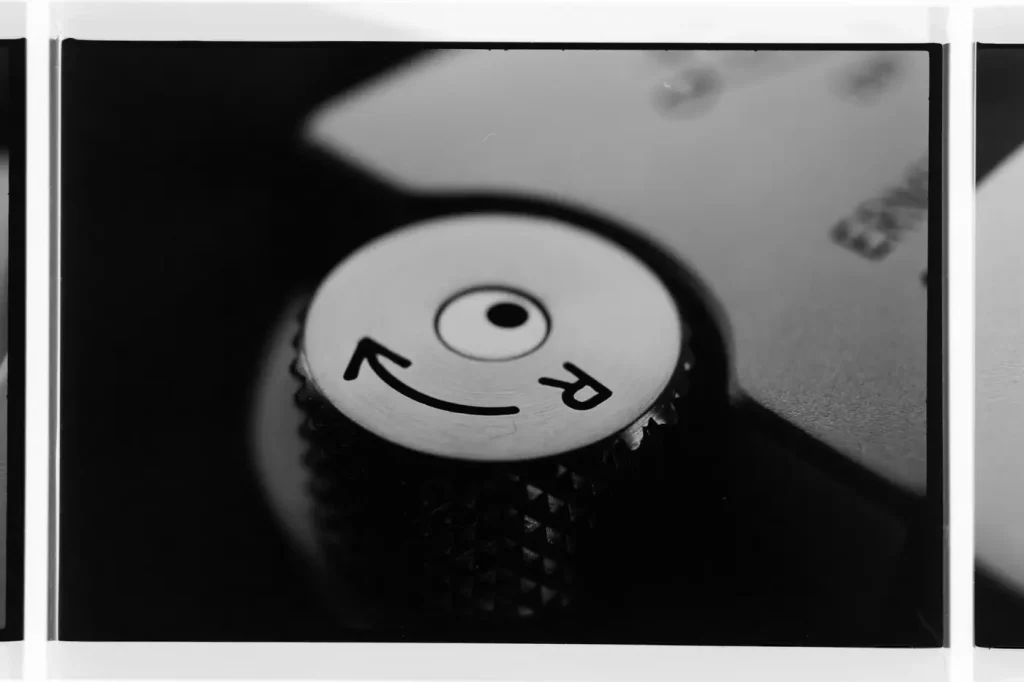
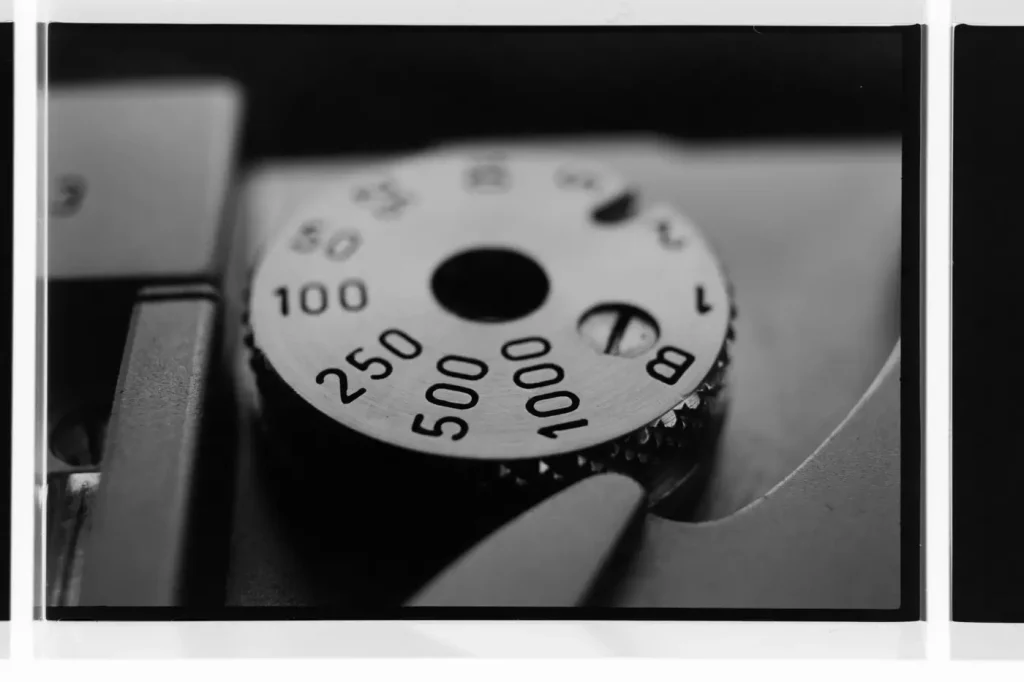
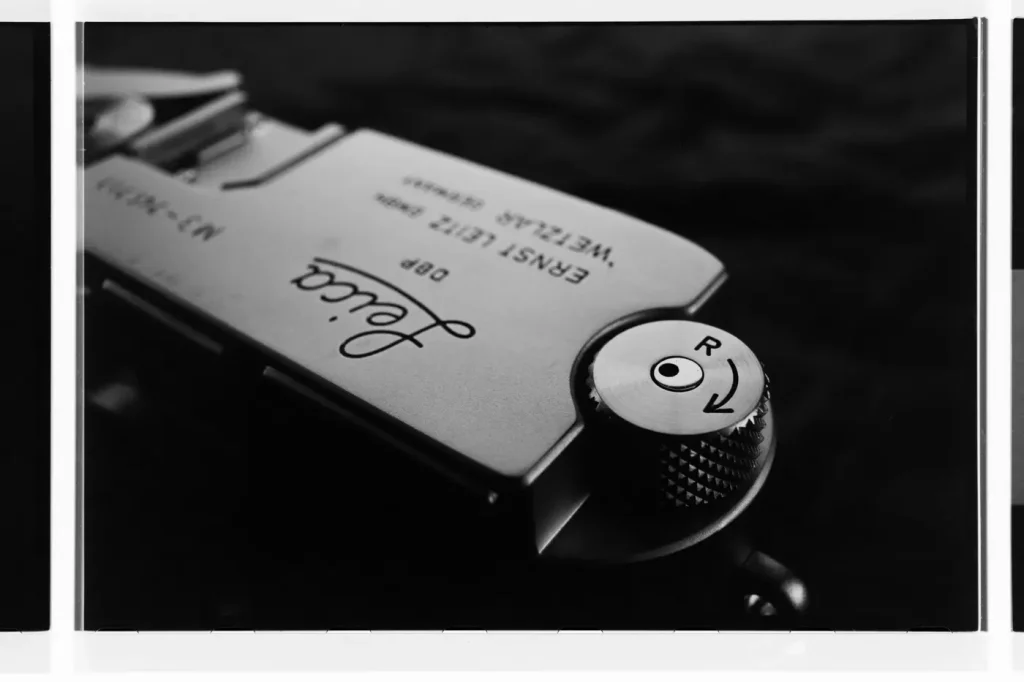
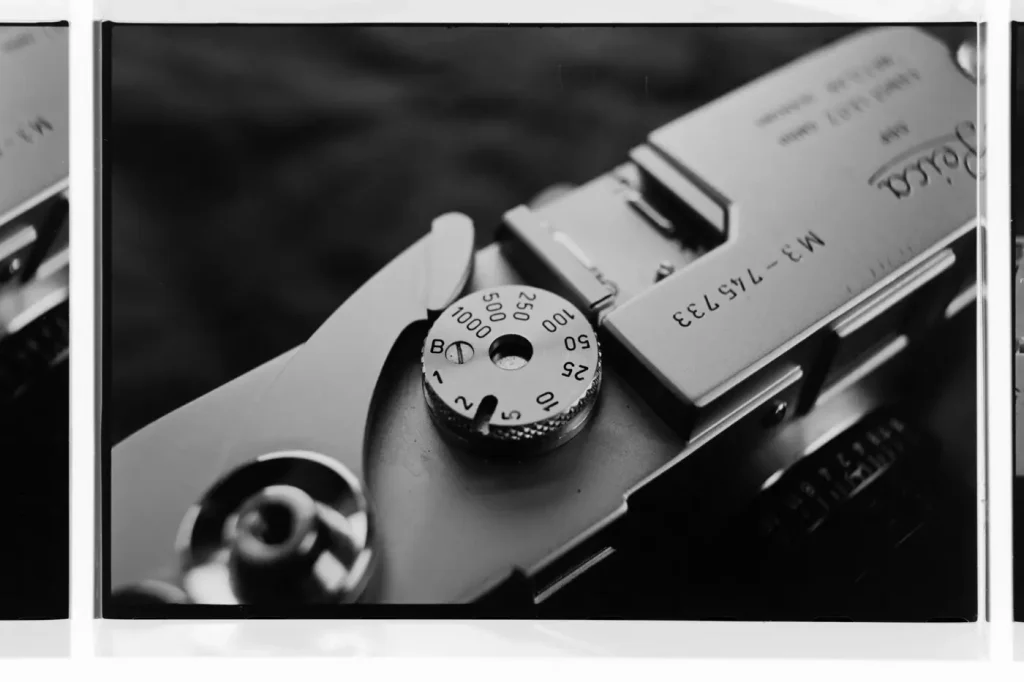
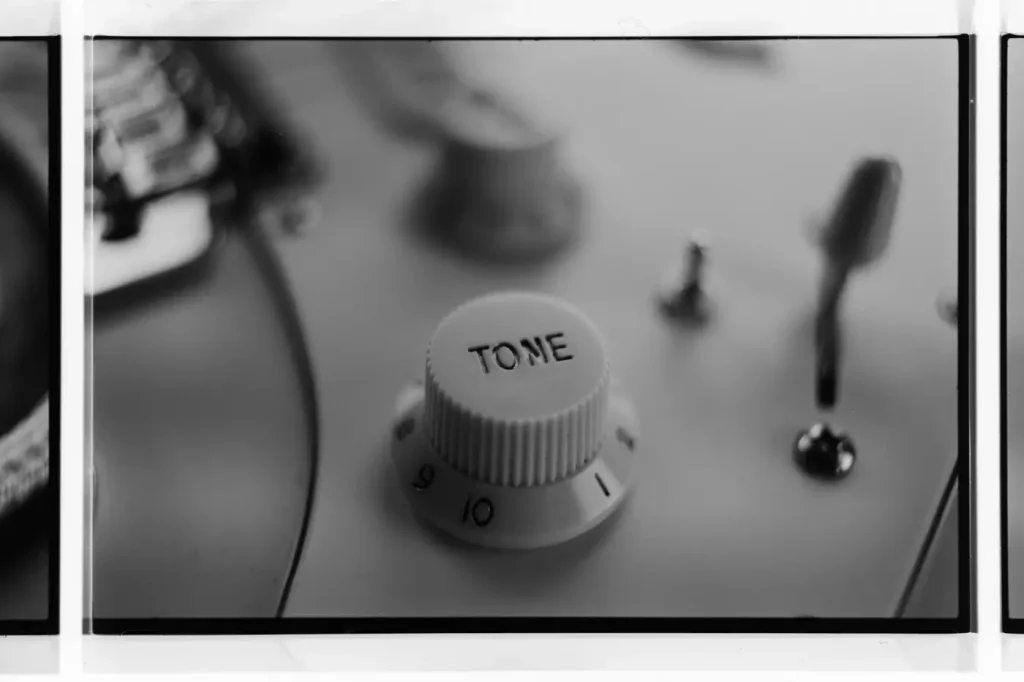
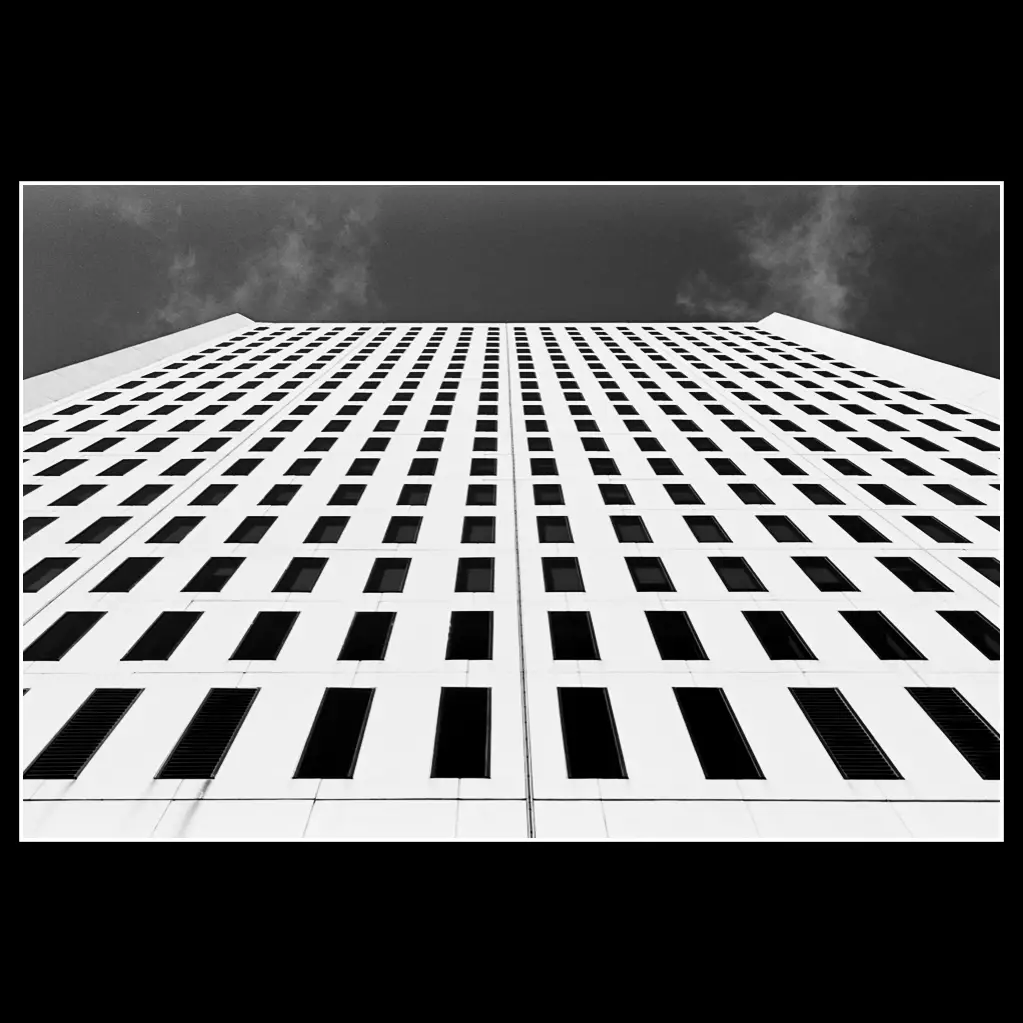
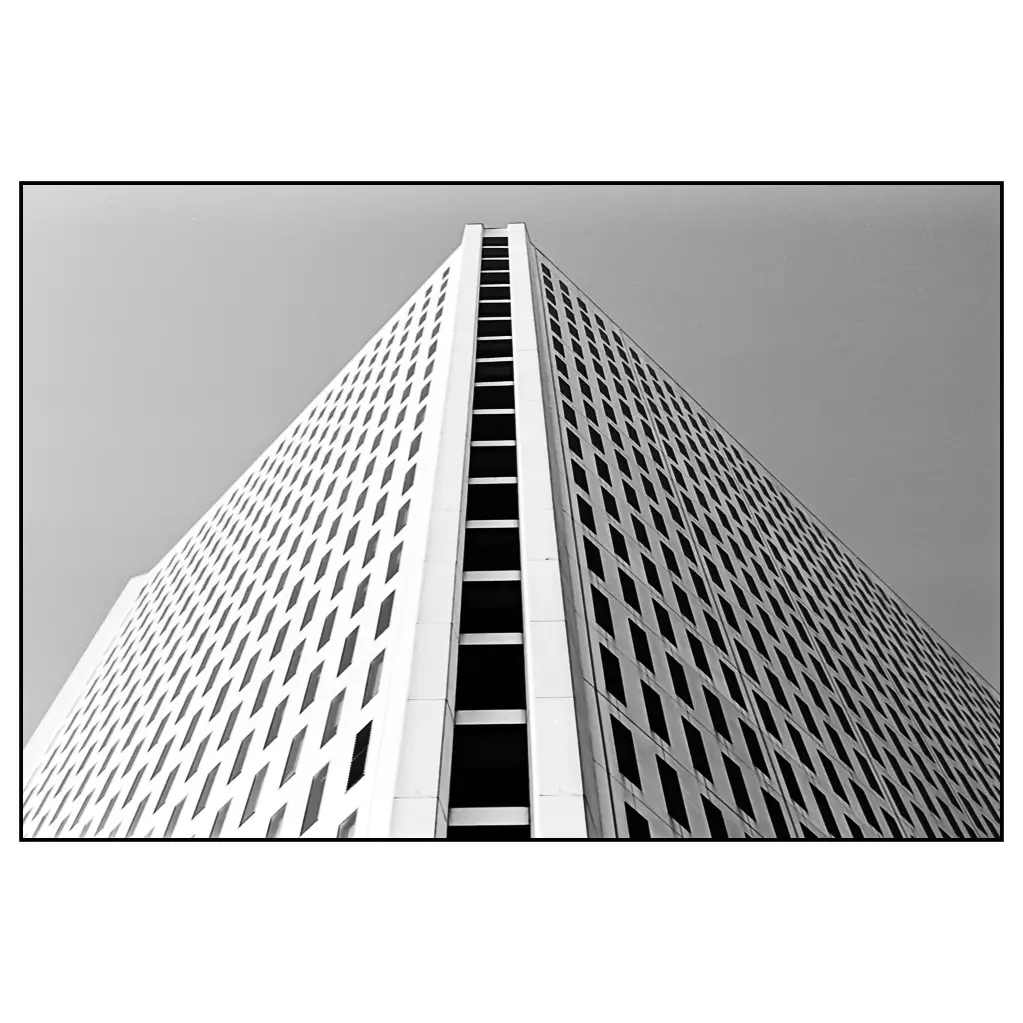
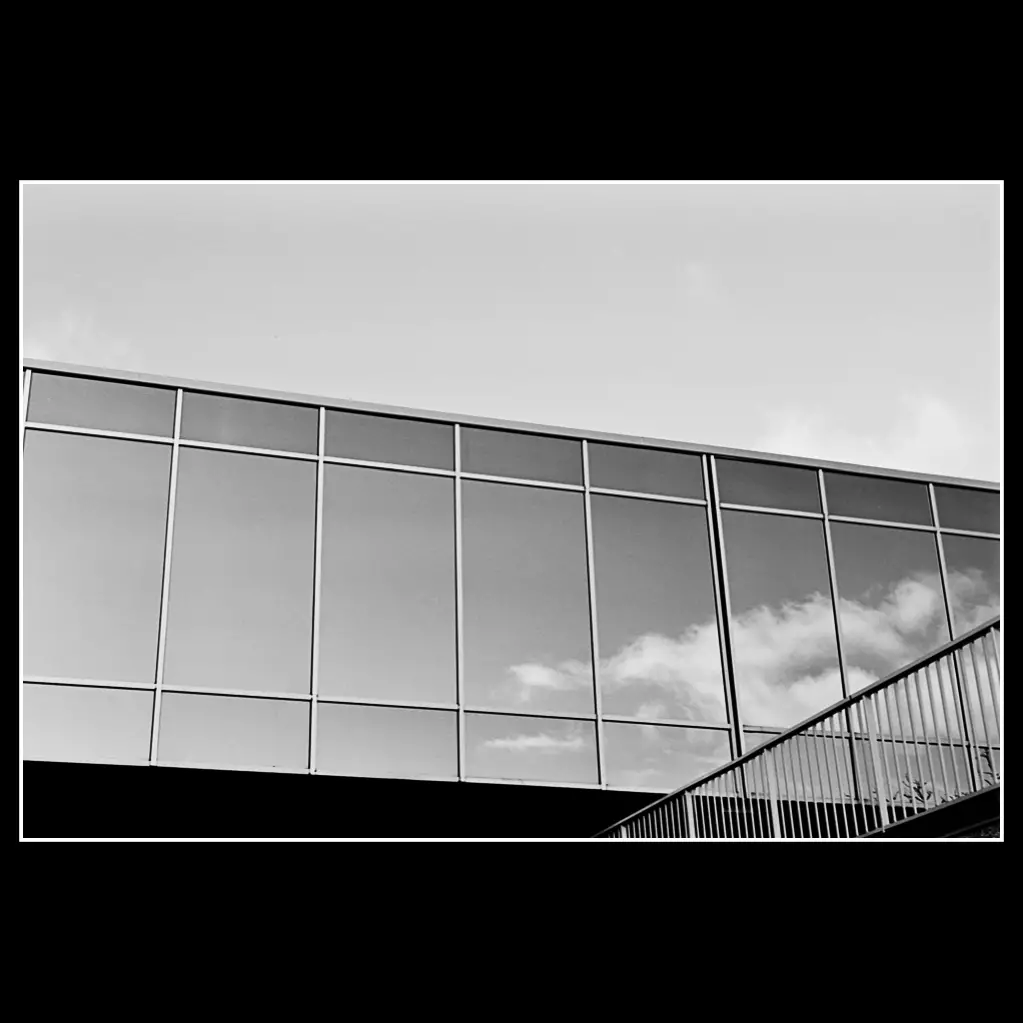








Comments
ºColor-Solinarº on Rollei 135 Film – Experiments with Three Stocks – by Daniel Sigg
Comment posted: 26/02/2020
Comment posted: 26/02/2020
Castelli Daniel on Rollei 135 Film – Experiments with Three Stocks – by Daniel Sigg
Comment posted: 26/02/2020
Comment posted: 26/02/2020
Mikey on Rollei 135 Film – Experiments with Three Stocks – by Daniel Sigg
Comment posted: 27/02/2020
I love the Rollei films as an alternative to my usual favourites from Ilford. I've purchased the Fantastic 5 packs from Maco Direct in 35mm & 120 late last year when I still lived in Germany. Have not yet shot the 50 & 100 ISO films, but now back in an Aussie summer, I definitely will.
Mikey on Rollei 135 Film – Experiments with Three Stocks – by Daniel Sigg
Comment posted: 27/02/2020
I love the Rollei films as an alternative to my usual favourites from Ilford. I've purchased the Fantastic 5 packs from Maco Direct in 35mm & 120 late last year when I still lived in Germany. Have not yet shot the 25, 50 & 100 ISO films, but now back in an Aussie summer, I definitely will.
Comment posted: 27/02/2020
Michael Scott on Rollei 135 Film – Experiments with Three Stocks – by Daniel Sigg
Comment posted: 27/02/2020
Comment posted: 27/02/2020
Mikey on Rollei 135 Film – Experiments with Three Stocks – by Daniel Sigg
Comment posted: 28/02/2020
The Fantastic 5 sets are a great way to try the different Rollei films. It comes with a JCH film holder. It's available thru Maco Direct (tho check for availability).
Best,
Mikey
Comment posted: 28/02/2020
5 Frames with Rollei Retro 100 Or Agfa APX 100 - By Rock - 35mmc on Rollei 135 Film – Experiments with Three Stocks – by Daniel Sigg
Comment posted: 23/04/2020
Bruno Chalifour on Rollei 135 Film – Experiments with Three Stocks – by Daniel Sigg
Comment posted: 23/04/2020
Comment posted: 23/04/2020
40 Year Old Black and White Film: experiments with three German Film Stocks (and a 1955 Leica M3) - By Daniel Sigg - 35mmc on Rollei 135 Film – Experiments with Three Stocks – by Daniel Sigg
Comment posted: 30/04/2020
Guest post on 35mmc: 40 YEAR OLD BLACK AND WHITE FILM: EXPERIMENTS WITH THREE GERMAN FILM STOCKS (AND A 1955 LEICA M3) on Rollei 135 Film – Experiments with Three Stocks – by Daniel Sigg
Comment posted: 30/04/2020
Castelli Daniel on Rollei 135 Film – Experiments with Three Stocks – by Daniel Sigg
Comment posted: 02/12/2020
I just re-read your post/photos on the Rollei trio of films.
I’m experimenting with a new project; one of the parameters I set for myself was to work with w/a 28mm Nikkor, wide open (f2.8.) Your review on the RPX 25 prompted me to get a couple rolls from B&H.
The F2 will be tripod mounted, metered via an analog Luna-Pro. Don’t know if the project will work or not, but your post filled in blank spaces and let me see the quality of the film.
Dan
Comment posted: 02/12/2020